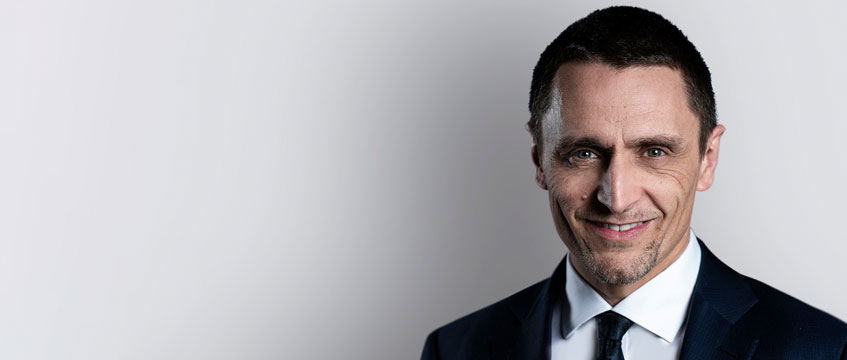When Dan Labbad took over as chief executive of the Crown Estate at the beginning of the year he was joining a business which, in his own words, “delivers outstanding financial results”. Today, he had to deliver some okay-sounding results. Not bad results, but definitely not outstanding either.
Net revenue profit increased by just 0.4% in the year ended 31 March to reach £345m, up from £343.5m. The Crown saw the value of its portfolio decline by 1.2% to £13.4bn, led by a revaluation loss of £552.5m or 17% in its regional portfolio, which is largely retail.
From a returns perspective, it continued to outperform, producing a total annual return of 1.4% against a bespoke benchmark of 0.5%.
The results, however, included only a few weeks of the impact caused by coronavirus.
Labbad says: “Over the 2019/20 financial year, many of our real estate markets were already facing long-term structural challenges, which have now been accelerated as a result of Covid-19. Against this backdrop, and the ongoing economic uncertainty, we have delivered a result for the year which reflects the underlying strength of our portfolio and the active approach of our team. Nonetheless, as we look ahead we are under no illusions about the challenges we face. While it is too early to accurately forecast our performance for next year, we do expect our net revenue profit and property valuations to be significantly down.”
Income to the landed estate, as for all landlords, has been impacted with rent receipts down on what they should traditionally be. While office tenants are largely paying, with around 88% of rents collected, retail rent collection in both central London and the regions is hovering at just above 50%. Overall the Crown collected 68% of rents in Q1 and a similar amount in Q2.
The decline in income has led the Crown to taking the precautionary measure of handing over its profit to the Treasury in instalments. As it cannot draw on its capital account to cover operating expenses, Labbad says the phased payments would enable it to have sufficient revenue reserves in the business. The first instalment of £87m was paid to the Treasury on 21 July. Further payments will be made as trading conditions improve.
Building for the future
Labbad says the focus now is on navigating the current crisis and building for the future.
“Before Covid-19, we began a deep review of our purpose and strategy to understand how we can actively embrace technology and respond to longer term issues like climate change, as well as immediate portfolio challenges such as the future of physical retail,” he says.
And while the review began in March, Labbad says it is “now more important than ever and fundamental to ensuring we are well positioned to create value in the broadest sense for our customers, partners and the nation for many years to come”.
Before Covid-19, we began a deep review of our purpose and strategy to understand how we can actively embrace technology and respond to longer term issues like climate change, as well as immediate portfolio challenges such as the future of physical retail
– Dan Labbad
The review will ultimately see the Crown do some pivoting and take a different approach, says Labbad, adding: “It is forcing us to think differently about how we work with customers to deliver value.”
One of those different ways of working is agreeing more turnover rents with its retailers. Labbad says that turnover-based rents were driving a different dynamic in the landlord-tenant relationship. And while a permanent shift away from base rents is not widely welcomed among the landlord community, Labbad says turnover rents “aren’t all bad”. He says they have forced the Crown to really think about how it makes people come to its places and ensures it is successful. A turnover rent, he says, links every pound a tenant makes to every pound a landlord makes.
The review – and lessons learnt from the working-from-home phenomena – will also likely see the Crown look at its office portfolio differently. Labbad says occupancy figures across the portfolio at present were similar to those in the Crown office at about 10-15%. While he believes this number will increase he also has no doubt that Covid-19 will bring about structural changes to the sector.
“There will be a need of office space but people will plan that space based on a dynamic workforce,” he says. “Offices will be planned for performance.”
For now, though, there are still a “healthy “ number of enquires for space coming in, with occupiers starting to look at bespoke offices, including new small West End hubs. For the year to 31 March, the Crown added 96 new tenants to its Regent Street and St James’s portfolio, totalling 152,319 sq ft of space. Its void rate fell from 5.5% to 4.7%.
To send feedback, e-mail samantha.mcclary@egi.co.uk or tweet @samanthamcclary or @estatesgazette











